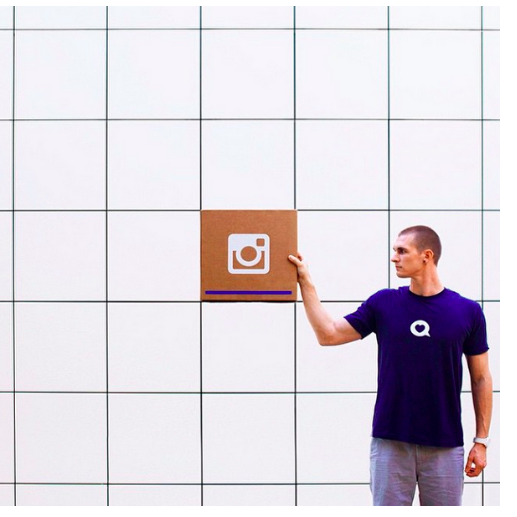Social media is a new frontier in marketing, and there are new platforms popping up all the time. While celebrities will always have influence, the real influencers on social media are the content creators who know how to connect with and build digital audiences.
Each new platform aims to cultivate and attract an engaged user base to generate unique content. As influencers have proven themselves talented and sought after content creators, new platforms are battling for their attention, and by extension, their pre-existing audiences.
When social was in its infancy, there were only a few platforms for developing community and building truly engaged audiences. Blogs became a powerful outlet for building influence, giving rise to mommy bloggers such as Heather “Dooce” Armstrong , and content marketing mavens like Copyblogger Brian Clark .
YouTube was another big place to build influence, and quickly became the only real option for creators when it came to video content. YouTube gave us the Vlogbrothers, Hank and John Green , who built the community known as Nerdfighters, and Tobuscus who started as a vlogger and now runs several video-gaming channels. Brent Rivera joined YouTube in 2009 and has been called the Internet’s most famous teenager.
He realized he could be influential when he received 100 likes on one of his early videos. “I was really, really pumped,” he said. “I started realizing there were these random people watching, and they wanted to watch me. And that was the moment I realized that maybe this can be something bigger.” Rivera now has more than one million followers on YouTube, and has since expanded his presence to multiple networks including Twitter, and Instagram. He has more than seven million followers on Vine, and uses the platform to promote his work elsewhere.
He also works with brands on big campaigns, such as the Share a Coke Campaign and what he referred to as smaller installations on Snapchat. No doubt Rivera’s followers are the in the young and coveted demographic of 18 to 34 year olds brands long to reach. What’s more, his ability to connect with and move his audience from platform to platform makes him a hot commodity for emerging social media networks. However, Rivera’s attention span and desire to hop onto new platforms is limited, so he must choose the platforms he wants to use wisely. In this way, the balance of power between the influencer and social platforms has begun to shift. Where previously there were fewer networks than there were influencers, there has been an influx of social media platforms, all vying for the right influencers to bring their audiences with them. And being able to attract the right influencers could make a huge difference in the success or failure of these new networks. According to Sarah Ross , head of marketing for Flipagram , the process of attracting influencers can be the same as trying to attract users: Given the choices that influencers have for creating and promoting content, marketplace awareness can be a challenge for newer networks. That said, other platforms focus heavily on their product as a means to attract existing influencers and cultivate future would-be influencers.
Russell Armand , co-founder and creative director of PHHHOTO said influencers find platform just like anyone else: through friends and high profile events. Instead of courting influencers directly, Armand believes organic buzz is what attracts the influencers to the platform. Both Ross and Armand admit that the traffic generated by a high-profile influencer promoting the app is invaluable. However, Ross noted that one of the biggest values an influencer can bring is their understanding of their community. In this way Flipagram and PHHHOTO focus on developing a platform that facilitates real connections and community, and the connection between influencer and platform must be as organic as the buzz, Armand says: If you don’t know or meet or ever care about anyone on PHHHOTO — and I mean care in the sincerest sense — you’ll stop using it. In the end, attracting content creators to exercise their creativity to new platforms is essential.
However, once influencers are on board, the only thing that will inspire them to continue creating content and building their community is the merit of the given platform’s user experience.
This article originally appeared in Social Times .






